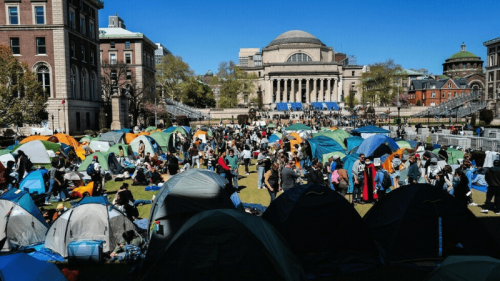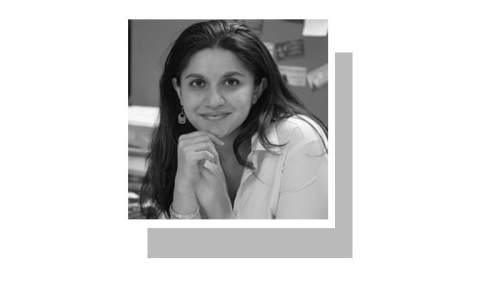The story of the novel Dr Zhivago is set in the years of the Russian Revolution and World War II. The characters of Boris Pasternak’s novel are all caught up in the excitement of important political and social transformations that are about to change the fate of Russia and will ultimately upend their lives but, for now, they are buoyant with optimism and hope.
In order to capture the spirit of these momentous events, the main character, Yuri, cannot contain his excitement as he narrates to Lara a public meeting that was held in the square of his town. Instead of describing the meeting, the description of the sky, the moon and stars is used to capture what they think is an almost transcendent feeling of being there in the following words: “… And it isn’t as if only people were talking. Stars and trees meet and converse, flowers talk philosophy at night, stone houses hold meetings. It’s like something out of the Gospels don’t you think? ...
“I know what you mean about stars and trees holding meetings. I understand that. It’s happened to me too.”
We can all connect to what Yuri and Lara feel because we all know what it is like to gaze up at the perfection of the sky and admire how everything appears to be functioning in perfect harmony. Yet, they were talking about the disorder of the heavens and the earth and how the night became even more beautiful as a result. Abstract concepts that encompass reflections about destiny, beauty and life are hard to encapsulate or describe, so artists too, much like Boris Pasternak’s characters, have used these elements of nature quite often in their artworks to ruminate over these ideas.
Sadeqain’s massive mural of 44 panels that adorns the ceiling of the Lahore Museum affects the senses — we feel the grandeur and energy of unexplainable phenomenon, as Yuri and Lara did. Titled ‘Quest For Knowledge’, the mural features mysterious circles, ovals and orbs of various sizes — unknown planets and undiscovered possibilities — racing across the sky. The colour palette invites us; ebullient reds, ochres and yellows all seem to blaze and radiate outwards as they beckon and recall a higher reality. The ceiling of the Museum stands in for the sky, therefore the scale transforms the meaning.
Modern and contemporary artists have always sought to engage in new art-making strategies inspired by their fascination with the celestial arts and sciences
Scale was pivotal this year at the Lahore Biennale when the dome of the PIA planetarium was transformed into a multi-sensory experience by Kazakhstani video artist Almagul Menlibayeva and painter Ina Artemova, in their installation titled ‘Ulugh Beg: The Intrinsic Futuristic Machine Of Central Asia.’

The artists want us to reflect on the legacy of the Timurid Sultan Ulugh Beg, whose interest in maths and geometry culminated in the construction of an astronomical observatory and madrassah at Samarkand. However, they also want us to experience a “Parafiction” which is defined as an artwork that blurs the line between fiction and reality.
The 10-screen video of nonlinear narratives that lights up the Planetarium comprises of archival images of manuscripts, texts, interviews and photographs about the Ulugh Beg observatory. These are facts or an objective reality. However, they are interspersed with a fictional narrative, where ominous-looking suited men, possibly spies from the Soviet era, have coded conversations with each other as satellites, computer-generated diagrams and space debris fly across screens.
Perhaps Menlibayeva wants us to reflect on her helplessness at the loss of knowledge, its manipulation and censorship, as it was disseminated to them, especially in her country which was part of Russia’s Iron Curtain.
American artist of Irani descent Ala Ebtekar uses his technical knowledge of chemistry and photography so that we can have a transcendent visual experience of night skies that is much like looking at Sadeqain’s mural painting, but through a different medium. Paper and even clay tiles are laced with chemicals and then exposed to the Sun. The result is luminous surfaces dotted with stars, that are like live snapshots taken of the celestial sky seen above. However in his series titled Nightfall, Ektebar uses the ultraviolet light of the stars themselves for the exposure of his works. The final works are placed on the ground rather than on a wall or ceiling. By asking us to look down to view, his night skies rather than look up, Ektebar does the impossible that Lara and Yuri talk about and that Sadeqain wanted us to experience: he bridges the gap between the heavens and earth to create a new landscape.
Published in Dawn, EOS, July 26th, 2020















































Dear visitor, the comments section is undergoing an overhaul and will return soon.